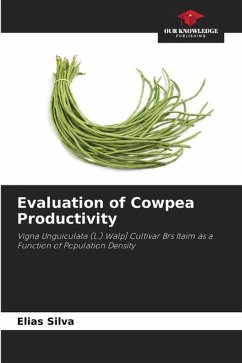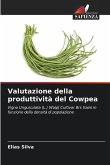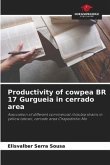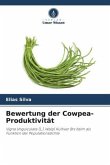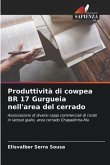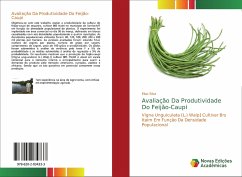The aim of this work was to evaluate the productivity of the dry cowpea crop, cultivar BRS Itaim in the municipality of Sorriso-MT as a function of plant population density. The experiment was set up in a commercial area on March 8, in a randomized block design with six population densities and four replications. The population densities used were: 80, 120, 160, 200, 240 and 280 thousand plants per hectare. The variables analyzed were: final stand, number of pods per plant, number of grains per pod, pod length, weight of 100 grains and yield. The data was submitted to analysis of variance using the F test at 5% probability and the averages were submitted to regression analysis at 5% probability. The results show that the production of cowpea [(Vigna unguiculata) (L.) Walp.)] cultivar BRS ITAIM is viable on a commercial scale for domestic consumption and especially to meet the demand for the product in the American, European, Asian and African markets. These potential partners consume our production.
Bitte wählen Sie Ihr Anliegen aus.
Rechnungen
Retourenschein anfordern
Bestellstatus
Storno

